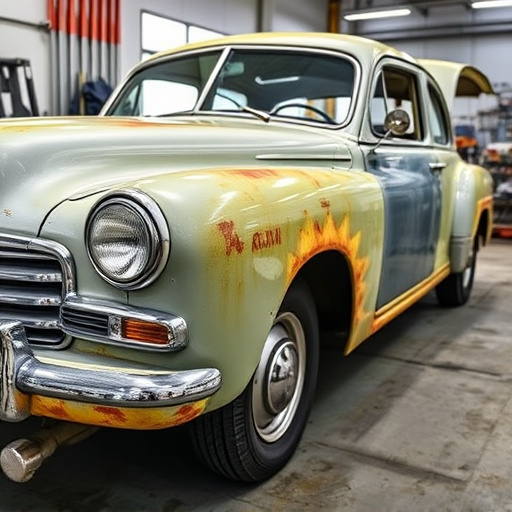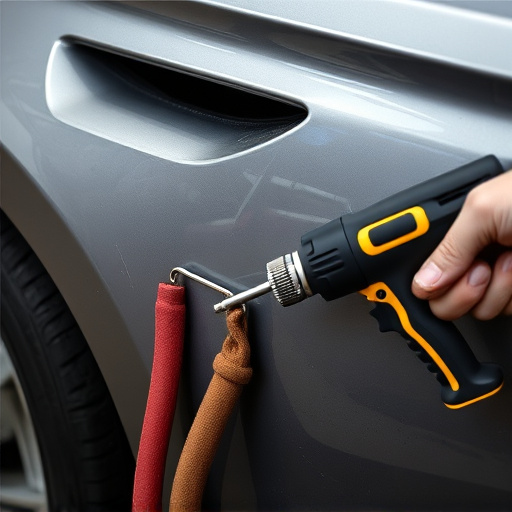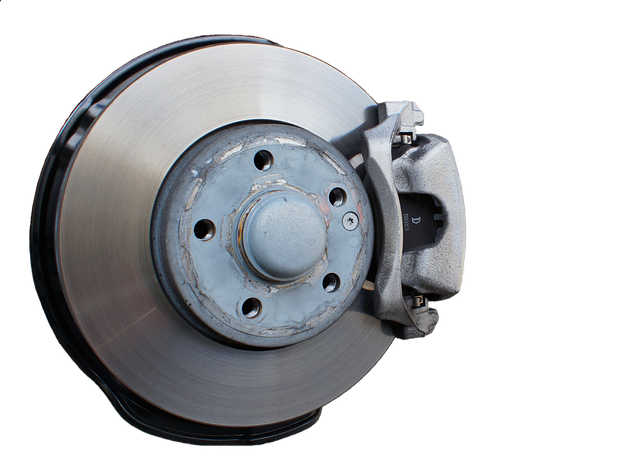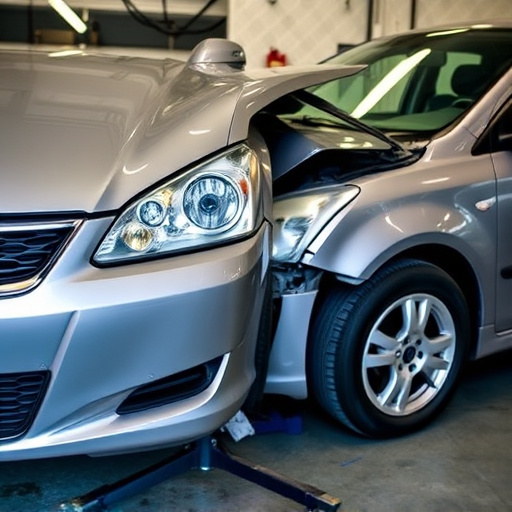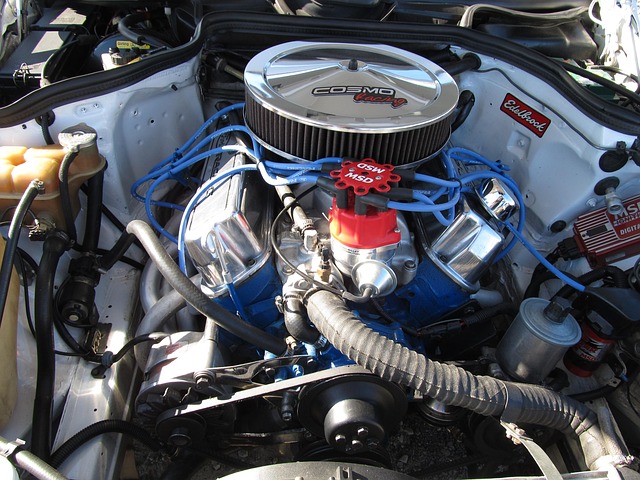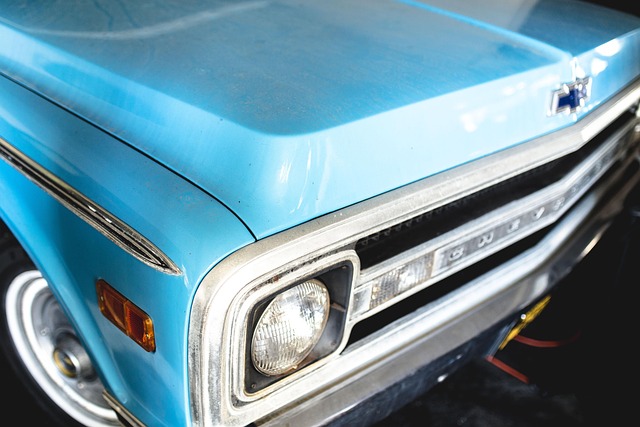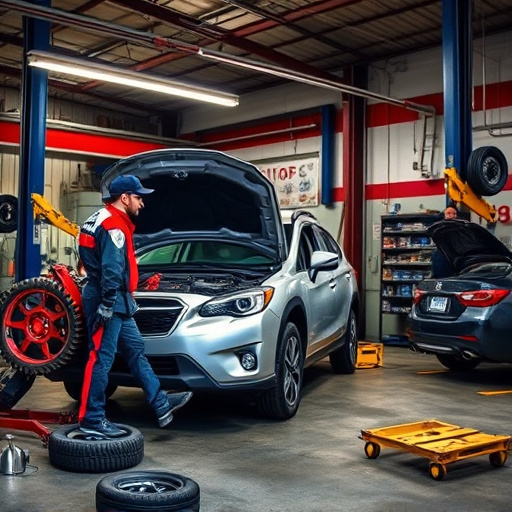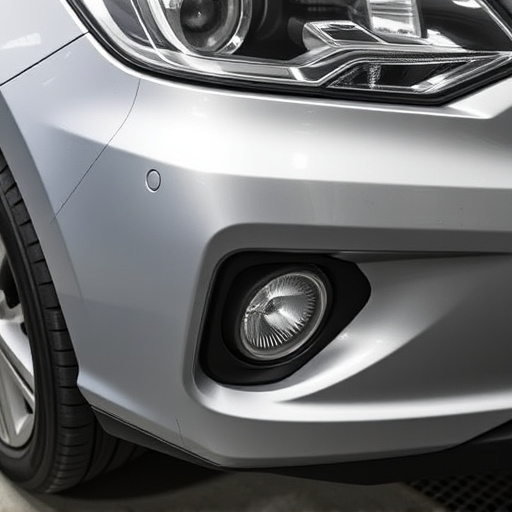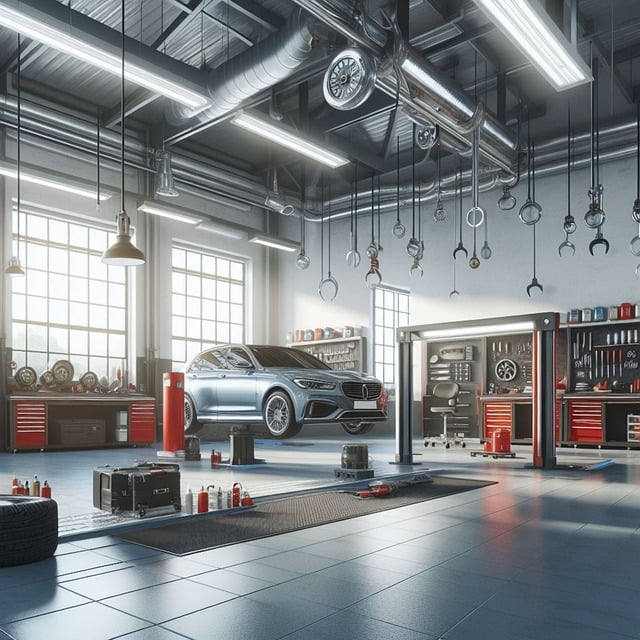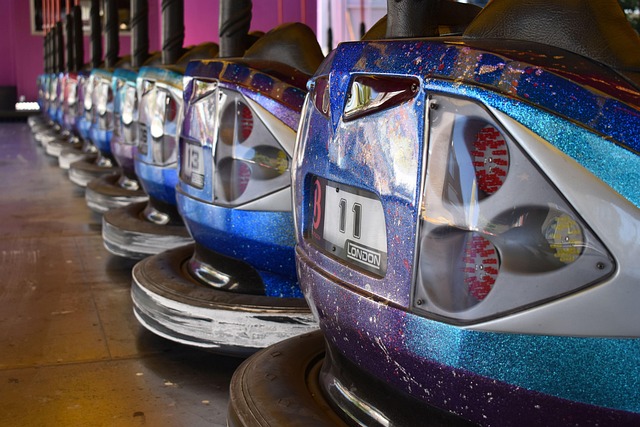Water-based auto paint is revolutionizing the automotive industry by offering an eco-friendly alternative to traditional solvent-based paints, eliminating volatile organic compounds (VOCs) and promoting a cleaner environment. With superior coverage, fast drying time, reduced chemical exposure, and low odor, it streamlines collision repair procedures, enhances safety, and appeals to both professionals and DIY enthusiasts for its versatility and durability. Gaining popularity in body shops, this paint method is preferred for its environmental benefits, ease of application, and high-quality finishes.
Understanding the basics of paint switching methods is crucial for anyone looking to modernize their vehicle’s exterior. This guide delves into the fundamentals of water-based auto paint, highlighting its definition, composition, and significant advantages over traditional oil-based alternatives. By popular demand, we offer a step-by-step approach to switching from oil to water-based paint, focusing on surface preparation and application techniques. Additionally, discover best practices for a successful transition, including tool selection, common mistakes to avoid, and tips for achieving a professional finish.
- The Fundamentals of Water-Based Auto Paint
- – Definition and composition of water-based auto paint
- – Advantages over traditional oil-based paints
The Fundamentals of Water-Based Auto Paint

Water-based auto paint has revolutionized the automotive painting industry, offering a cleaner and more environmentally friendly alternative to traditional solvent-based paints. This innovative type of paint is primarily composed of water as its carrier, instead of volatile organic compounds (VOCs). The shift towards water-based auto paint is not just a trend but a necessary evolution in response to growing environmental concerns and stricter regulatory standards.
In the context of vehicle collision repair, water-based paints provide numerous benefits for both professionals at collision repair shops and the environment. These paints adhere well to various surfaces, ensuring superior coverage during the auto painting process. Moreover, their fast drying time reduces the need for extensive preparation and sanding, streamlining the overall repair procedure. This not only saves time but also minimizes the risk of human exposure to harmful chemicals, making it a safer choice for both workers and customers in collision repair shops.
– Definition and composition of water-based auto paint

Water-based auto paint is a type of coating designed for use on vehicles, offering a more environmentally friendly alternative to traditional solvent-based paints. Its primary composition includes pigments, resins, and water as its main carrier instead of volatile organic compounds (VOCs). This unique formula not only reduces the release of harmful gases during application but also provides excellent coverage and durability, making it a popular choice in the automotive repair industry.
In an auto body shop, understanding the properties of water-based paint is crucial for achieving precise finishes. Its low odor and quick drying time make it convenient for both professionals and DIY enthusiasts working on car bodywork. This method allows for easy application using various techniques, ensuring a smooth and even surface that can withstand the rigors of everyday driving while contributing to a cleaner environment.
– Advantages over traditional oil-based paints

Water-based auto paint offers several advantages over traditional oil-based paints, making it a preferred choice in automotive body shops and collision repair stores. One of the key benefits is its environmental friendliness; water-based formulas contain fewer volatile organic compounds (VOCs), which reduces air pollution and improves indoor air quality during application. This shift to water-based options is particularly significant for car body restoration processes, as it allows for a safer working environment for technicians in collision repair shops.
Moreover, these paints are easy to apply and dry faster, streamlining the painting process and reducing overall job times at automotive body shops. They also provide excellent coverage, hiding imperfections on vehicle surfaces effectively. With their superior adhesion and flexibility, water-based auto paint ensures long-lasting durability, resisting chipping and fading better than traditional oil-based alternatives. This longevity is a significant plus point for collision repair shops aiming to deliver high-quality results to their clients.
Understanding the fundamentals of water-based auto paint, its composition, and advantages over oil-based alternatives is a game-changer for anyone involved in automotive painting. By embracing this innovative approach, professionals can enhance efficiency, reduce environmental impact, and deliver superior results, making it a worthy choice for modern paint switching methods.
